Matosinhos is a city located in the north of Portugal, in the district of Porto, the second most important district of the country.
It has about 175.500 inhabitants and an area of 62.42km2.
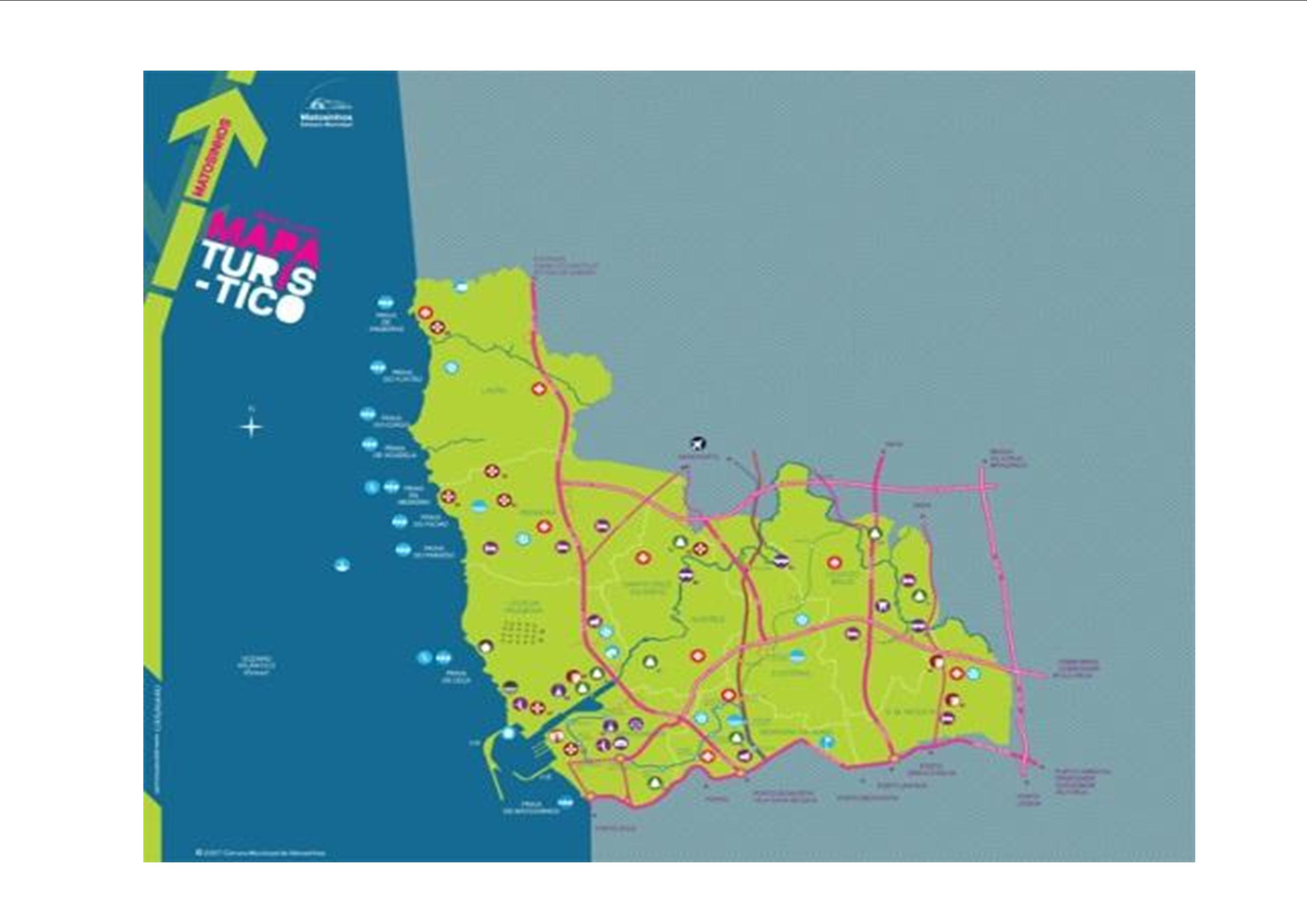
Matosinhos is deeply connected to the sea and is known for its canning factories that transformed the fish that arrived at Leixões Fishing Dock. Its inhabitants lived and survived for years on this sort of economy. The tragic shipwreck of 1947, where 152 fishermen, who were off the coast of São Miguel, died, trying to return from their work in 4 trawlers marked the city forever.
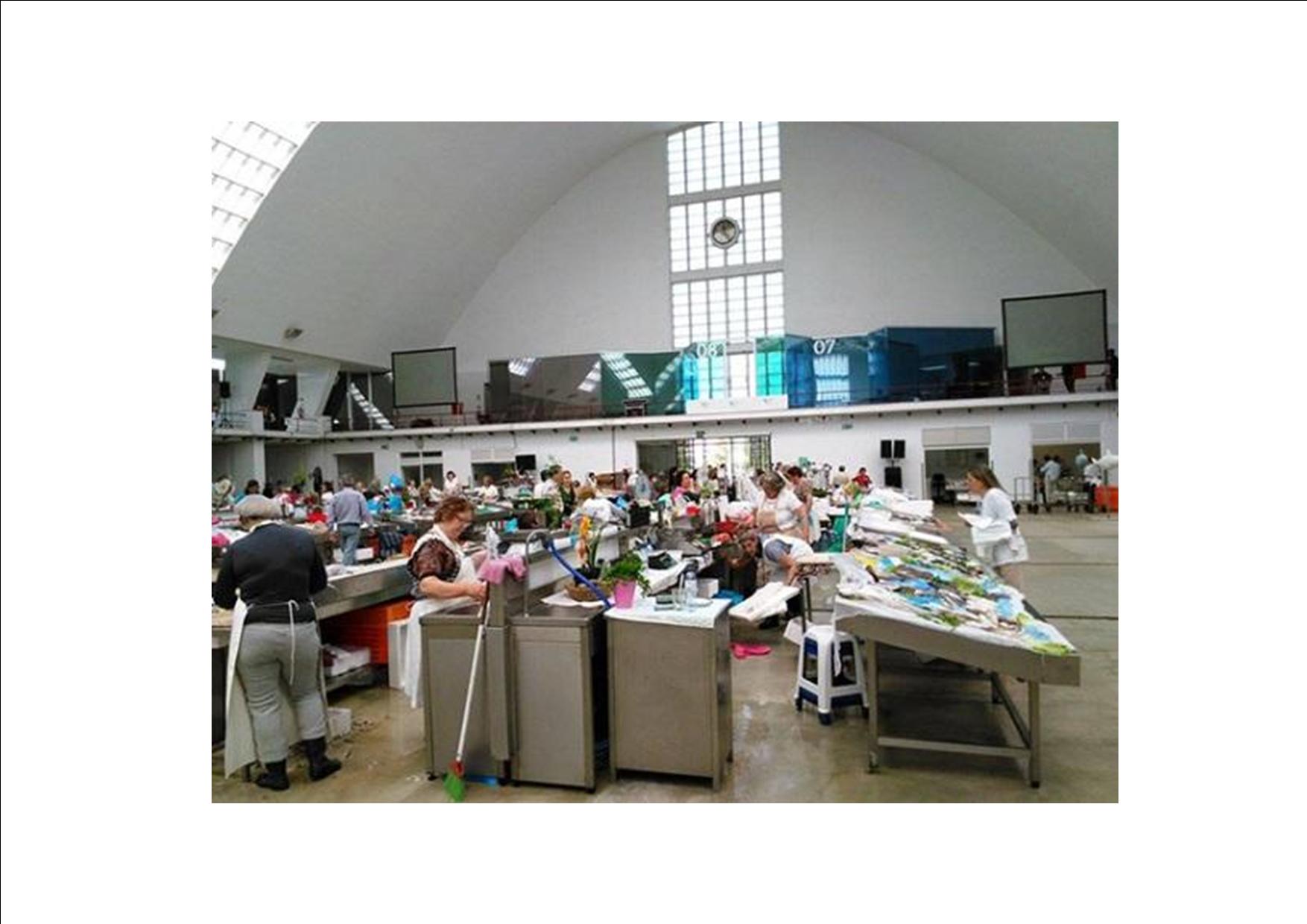
Nowadays, Matosinhos has become increasingly associated with tourism and sea sports. This city has large and beautiful beaches that allow us to sunbathe, swim, surf, sail or simply walk. Matosinhos has a good summer weather, although the water is cold most of the time. Next to the beach there is also a large and spacious promenade that connects Matosinhos to Porto, which also serves to have great walks and do sports with the family. It has great works of art such as the international Leixões Cruise Terminal.
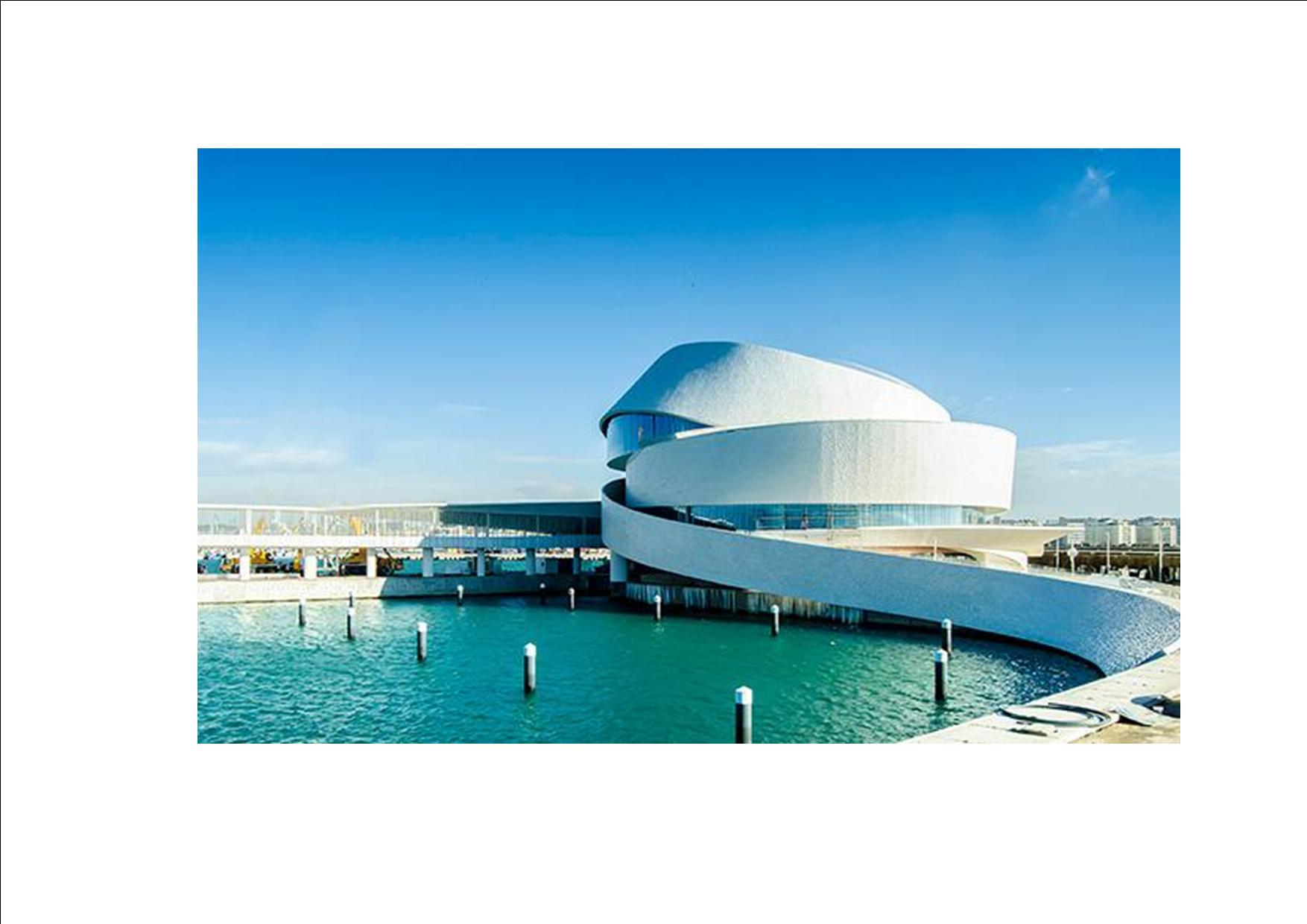
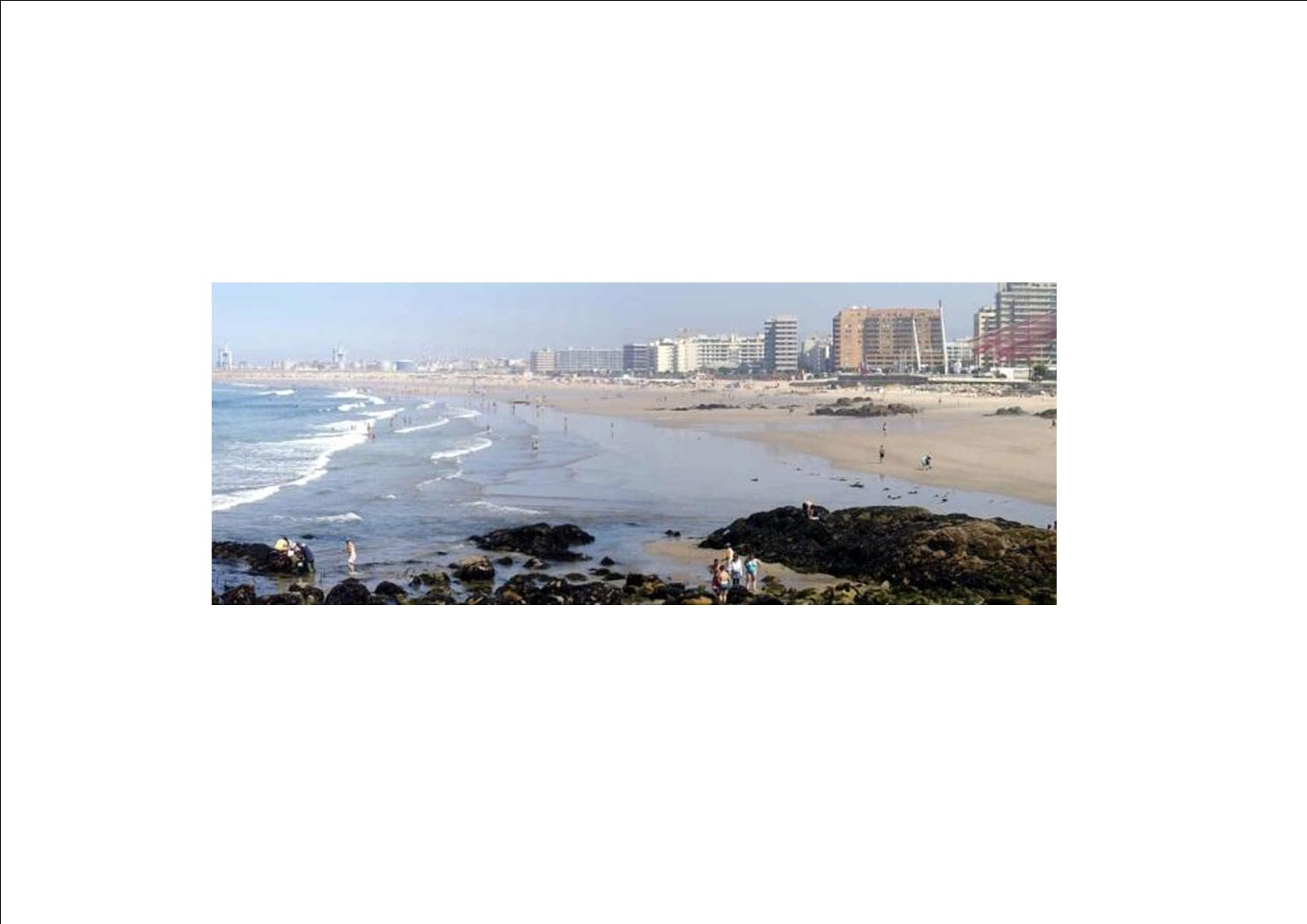
Matosinhos was the birthplace of architect Siza Vieira and visitors can see important symbols of his architecture – the Tea House of Boa Nova and Piscina das Marés (Tide’s Pool) built between the rocks in Leça da Palmeira’s beach.
The Church of Matosinhos for her greatness and history is symbol of one of the most important festivities in Portugal.
There are also incredible green spaces like Conceição’s farm and the museum of Santiago’s farm.
It was here that poet Florbela Espanca died: the local library is named after her.
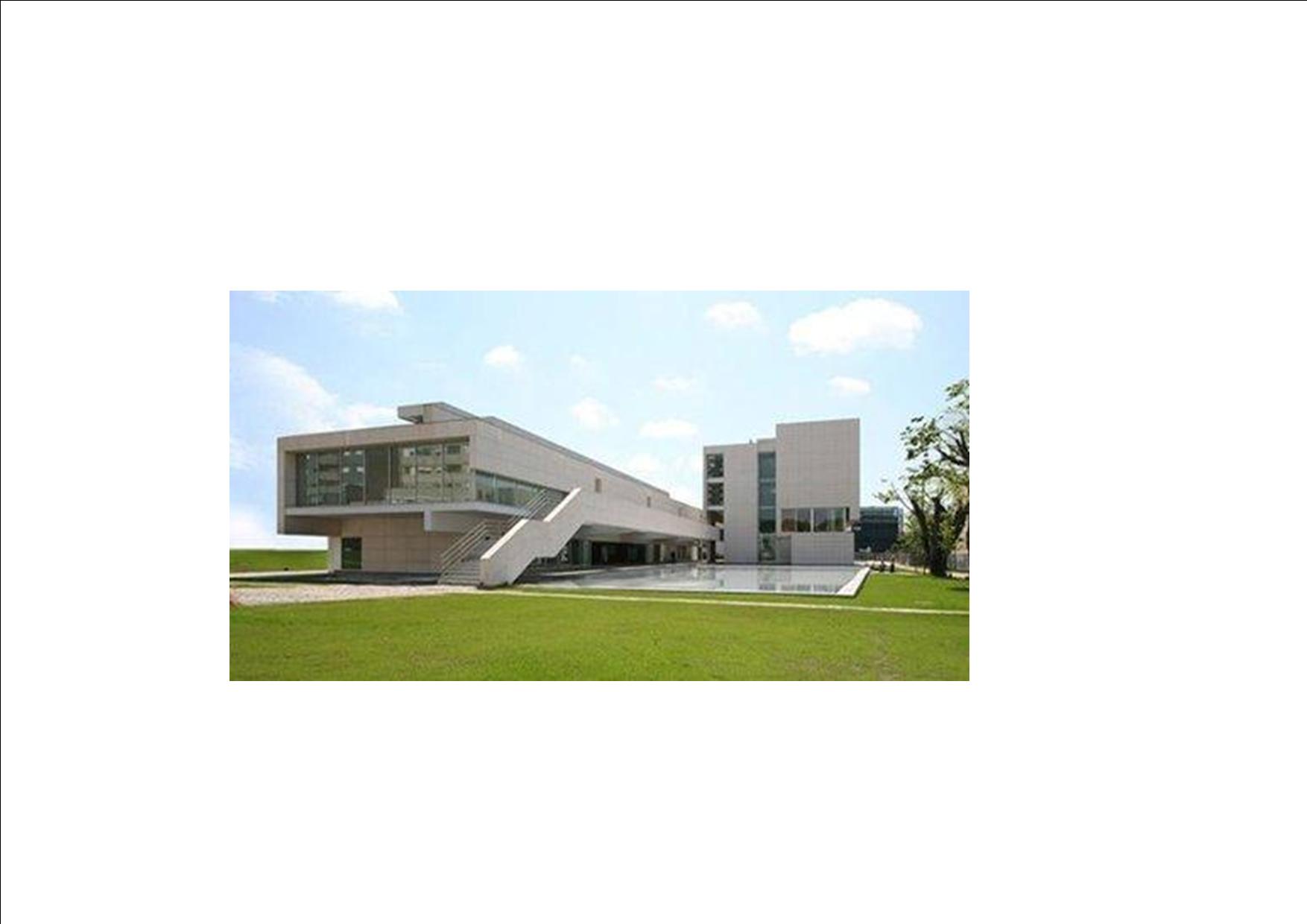
The gastronomy mainly based on sea fish made Matosinhos known as the land of the “sea at the table”.
The city, located by the sea cost, and is a commercial and industrial centre in the Porto Metropolitan area. It’s well served by tranports (subway, bus, fishing sport cruise terminal, airport and good roads).
Class 12 Year 11 - Diogo Levi and Daniel Ferreira
Our city
Bom Jesus de Matosinhos Church
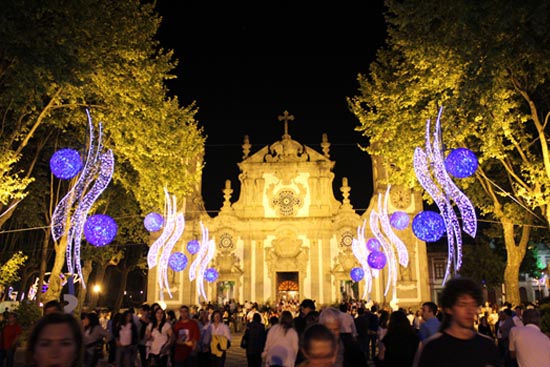
My name is Daniel and my partner's name is Diogo Levi. We are going to talk about one of the most beautiful monuments in our city - the Bom Jesus de Matosinhos Church. It is a church you can visit everyday. Inside,the interior is divided into three naves. In the high-altar is the miraculous image of Christ, The Lord of Matosinhos. There is a local holiday that is mobile known as "Our Lord of Matosinhos Day"(Tuesday). It is a great festivity. The people decorate the church's altars with beautiful flowers from the Portuguese regions because this temple is a destination for pilgrimage and honors The Lord of Matosinhos. Have you ever seen any image of those artistic decorations? Visit our municipality next May and you will discover everthing about them! Our main church is really old.The temple already existed in the 16th century. It was completely renovated in the 18th century, being endowed with the most elegant and exemplary Baroque language by the Italian architect Nicolau Nasoni. The works began in 1743, with resources to the offers promised by the emigrants who made their fortune in Brazil and to the "ex-votos" of the seafarers in the afflictions of their toil.
-----------------------------------------------------------------------
